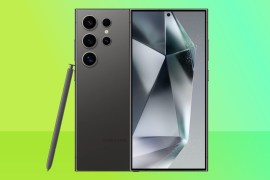Samsung Galaxy Watch7 review: more than just new straps and sensors
Faster hardware and the latest WearOS maintains Samsung's smartwatch lead
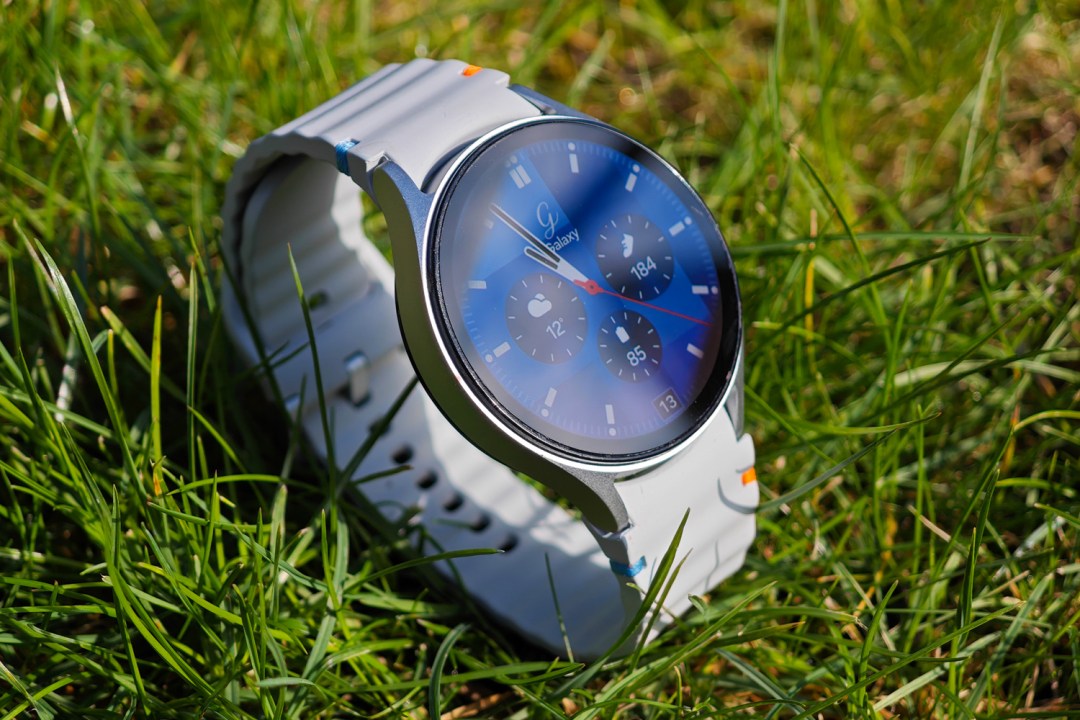
Stuff Verdict
The Samsung Galaxy Watch7 extends the firm’s WearOS smartwatch supremacy. A new CPU and slightly tweaked strap aren’t thrilling upgrades, but more than enough to keep it class leader
Pros
- Faster, more efficient CPU and double the onboard storage
- Dual frequency GPS competes with sports watches
- As up to date as WearOS watches get
Cons
- No noticeable battery life improvements
- Modest health and fitness additions limit appeal for Watch6 owners
Introduction
On first glance the Samsung Galaxy Watch7 doesn’t look all that different from the model it replaces. But when your previous effort was one of the best smartwatches around, why shake things up too much? Samsung has focused on performance this year, upgrading the internals but keeping the styling largely unchanged.
There’s no Classic version this time around, so no rotating bezel to fiddle with. The Pro name hasn’t made a comeback either – though it has gained a spiritual successor in the Galaxy Watch Ultra. That leaves the Galaxy Watch7 to monopolise the mainstream, with the latest version of WearOS and an all-new chipset giving it an edge over other Google-powered smartwatches.
Prices start from £289 for the Bluetooth-only 40mm model, and climb to £369 for the LTE-enabled 44mm version. That firmly undercuts the Apple Watch Series 9, and is easier on the wallet than a Google Pixel Watch 3 as well. After strapping one to my wrist for several weeks, I’m convinced this is the wearable most Android phone owners should buy.
How we test wearables
Every smartwatch and fitness tracker reviewed on Stuff is worn 24/7 throughout the testing process. We use our own years of experience to judge general performance, battery life, display, and health monitoring. Manufacturers have no visibility on reviews before they appear online, and we never accept payment to feature products.
Find out more about how we test and rate products.
Design & build: strapping specimen
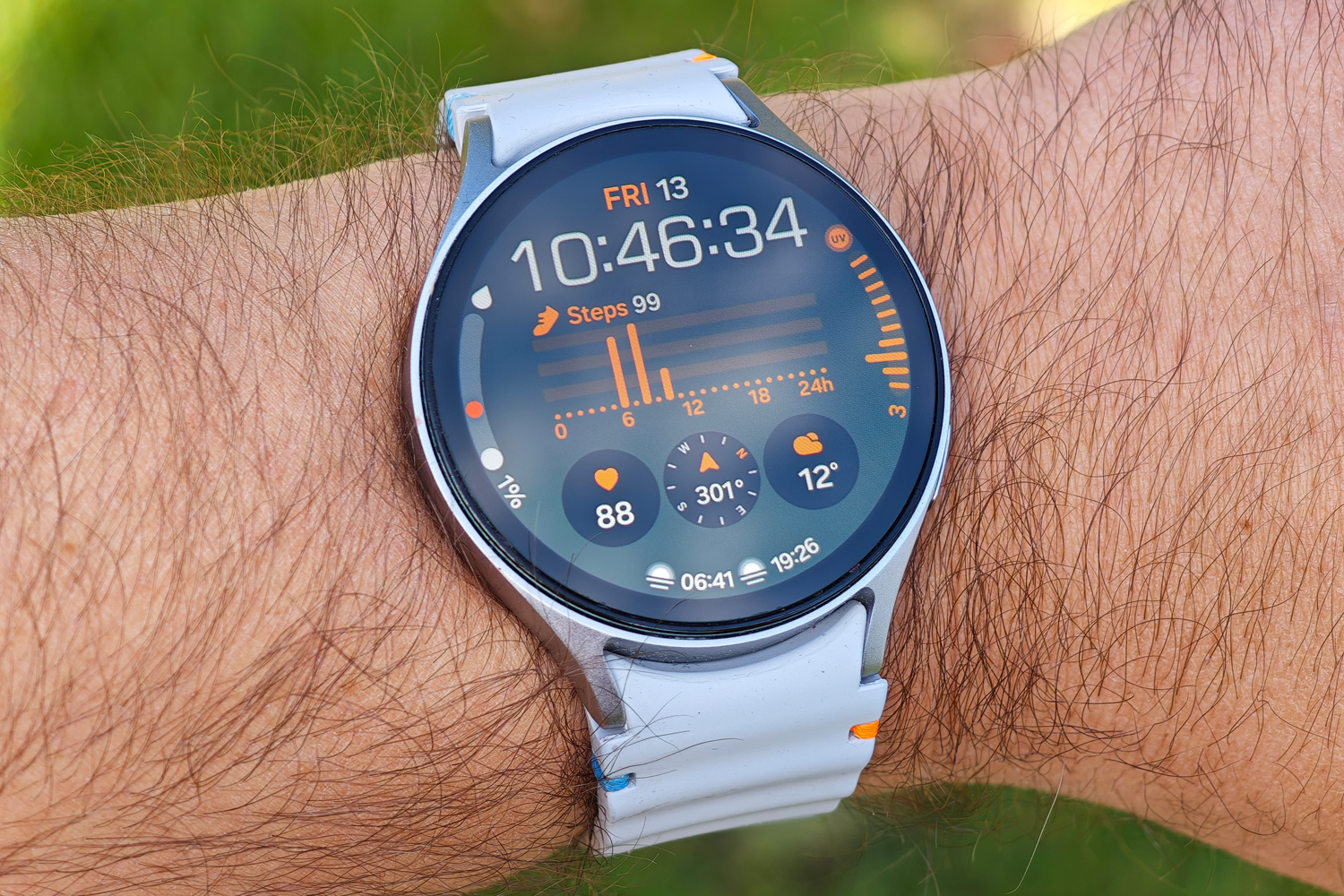
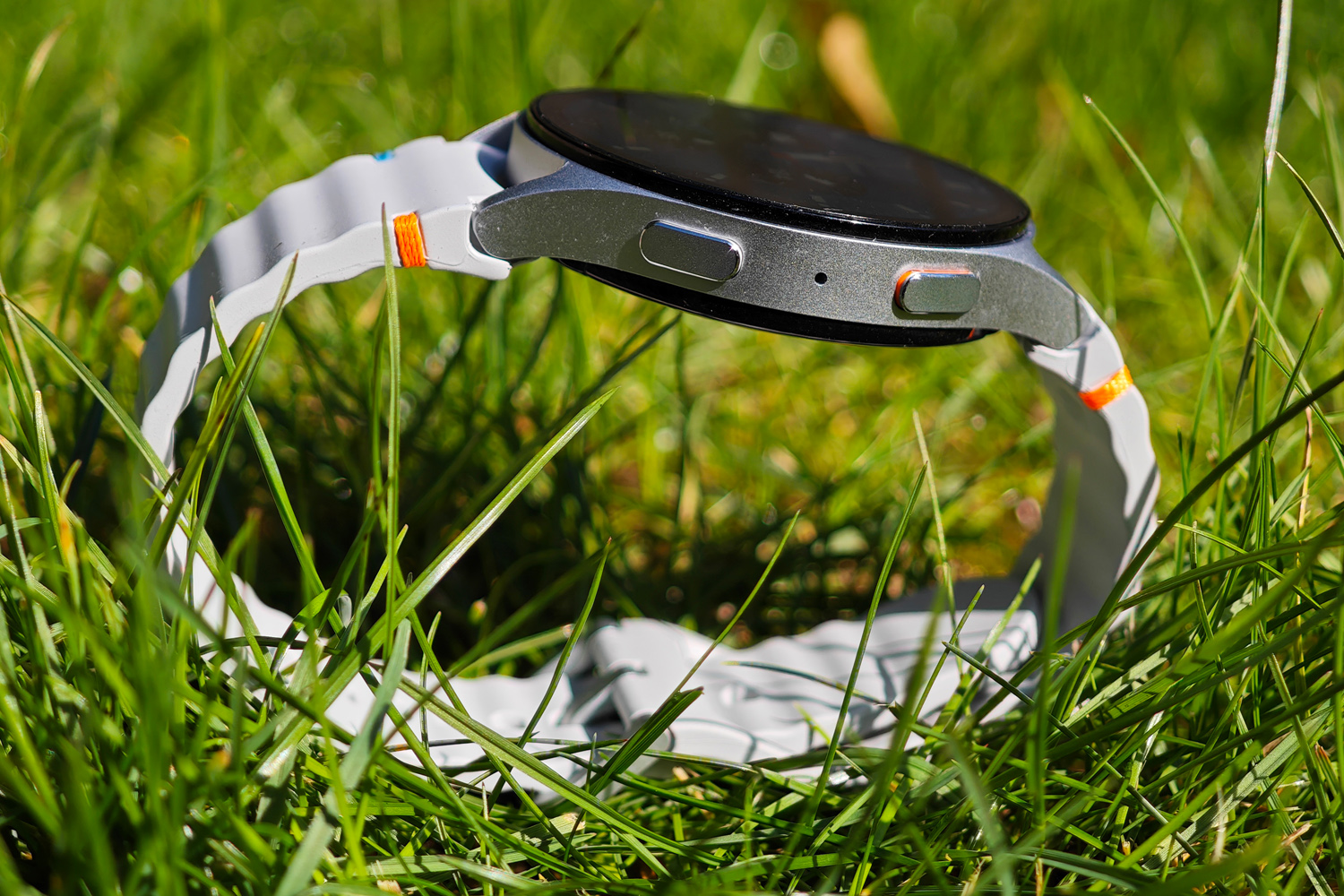
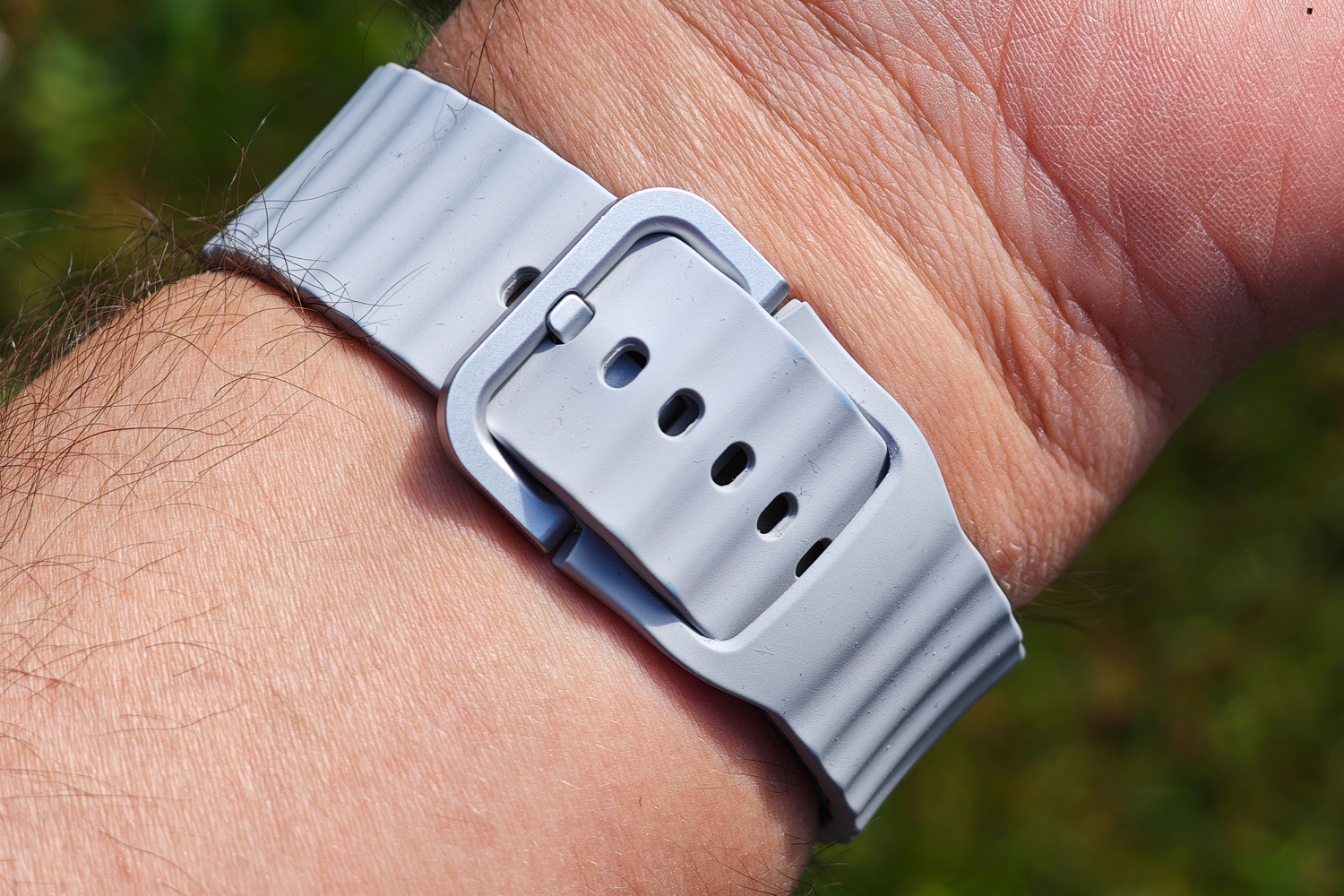
There are two Samsung Galaxy Watch7 sizes on offer, just as there were for the outgoing Watch6. The smaller 40mm model can be had in green or cream colours, while the larger 44mm lands in green or silver. Each has a subtle accent colour around the higher of the two side buttons.
Samsung has subtly tweaked the silicone watch strap with some stitched details in complimentary colours; it’s really the only giveaway you’re wearing this year’s model rather than last year’s. Several people thought the orange and blue accents on my 44mm silver version were some sort of not to Star Wars rebel alliance.
This is still a sharp-looking wearable, with a circular AMOLED screen taking up almost the entire face. The aluminium case underneath is svelte and sits very flat to your wrist, so it won’t catch while wearing long-sleeve shirts. I prefer my wearables to look like traditional timepieces than smart gadgets, so reckon this has the design edge over the square-shaped Apple Watch.
Whichever size you go for the underlying hardware is identical, save for battery capacity, so which one to buy largely boils down to which looks better on your wrist. I don’t have arms like tree trunks, but still thought the 44mm version was a better fit.
The glass is sapphire crystal, which is far more scratch resistant than the tempered stuff used on lesser smartwatches. That’s handy, as there’s no outer bezel to keep it safe from bumps and scrapes like there was on the Galaxy Watch 6 Classic. I didn’t get any lasting marks in several weeks of testing, which bodes well for longevity.
Screen: bright and beautiful
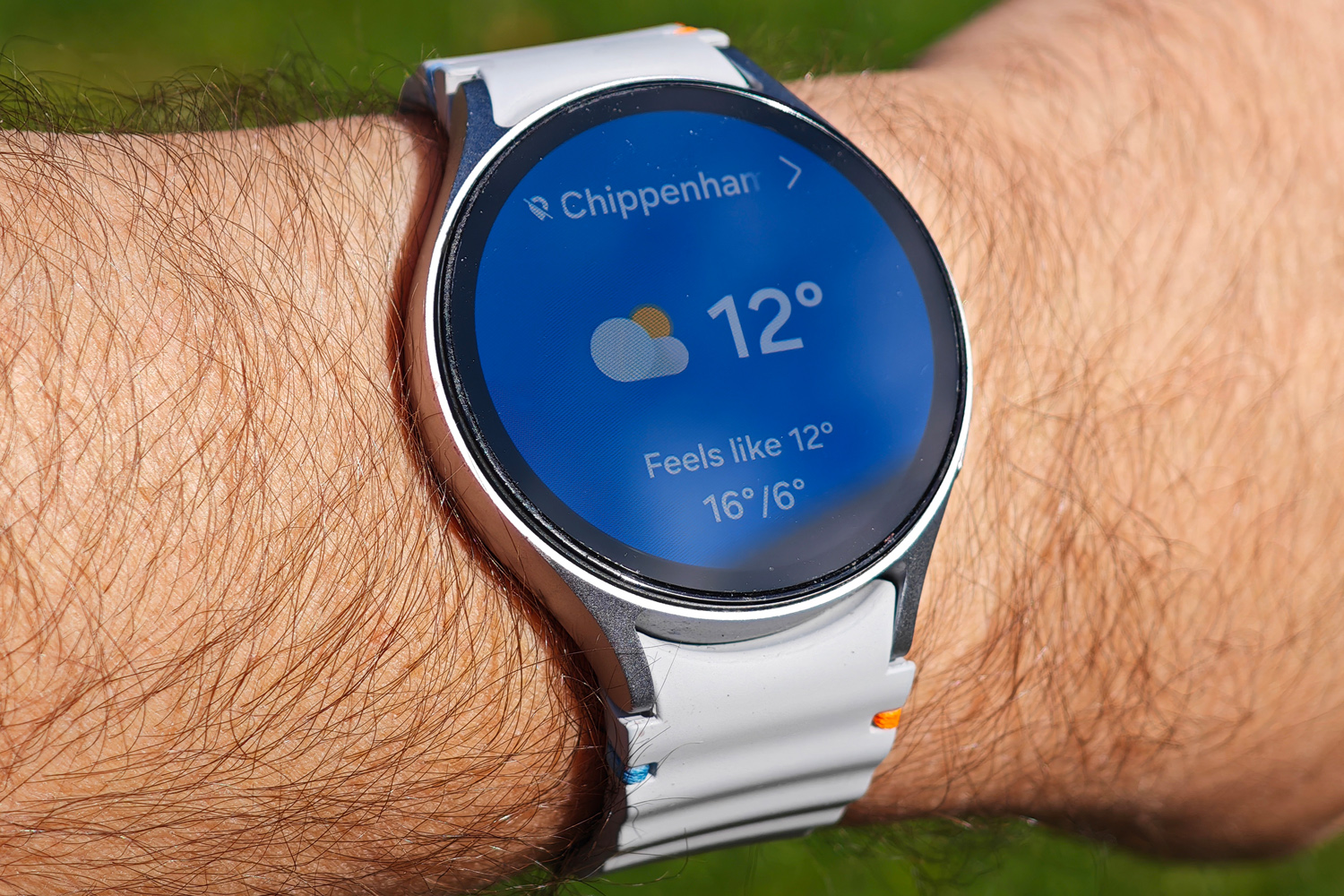
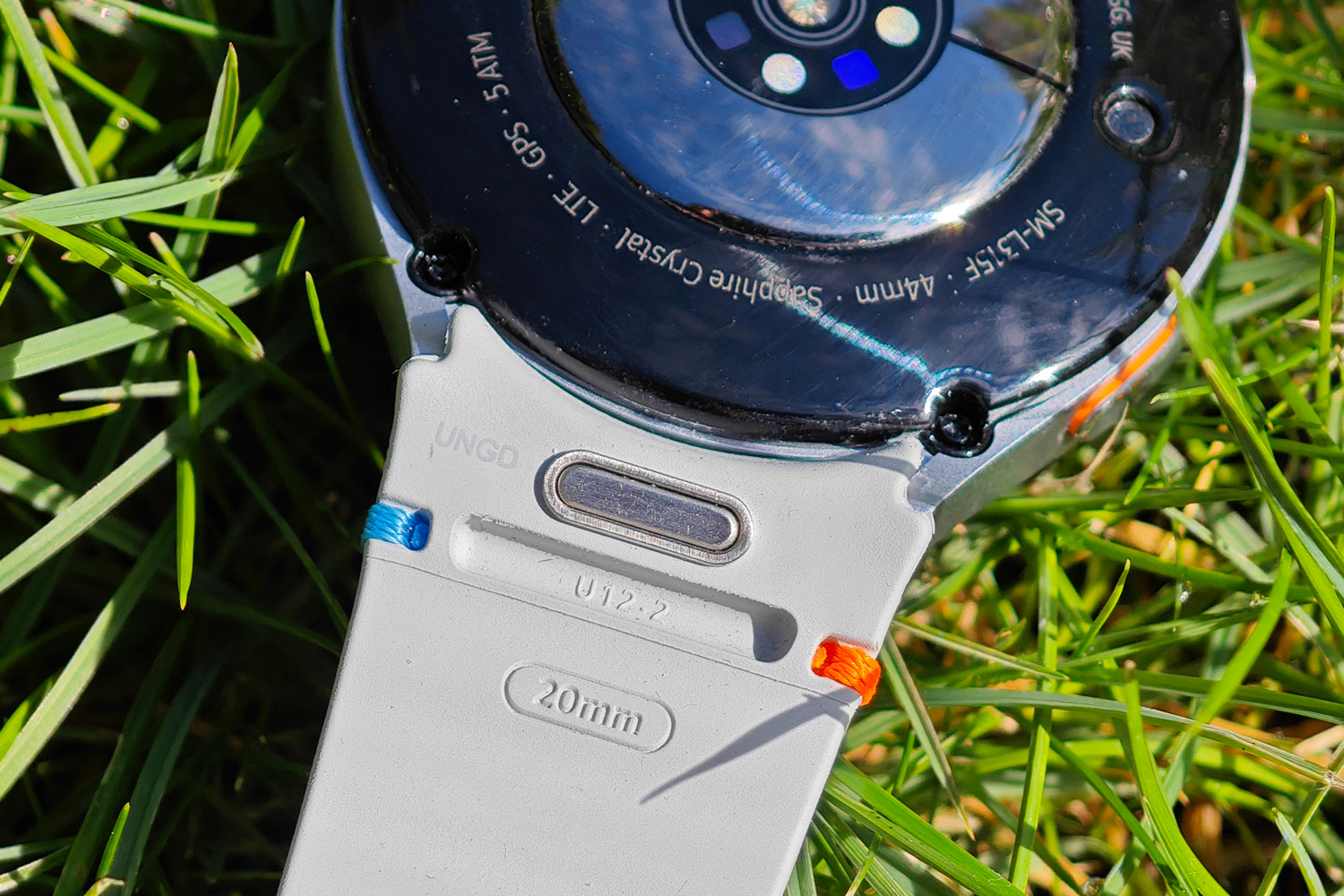
Samsung hasn’t mixed things up at all on the display front. The 40mm and 44mm models keep the same 1.3in and 1.5in circular AMOLEDs as last year. Both sizes look suitably sharp at arms’ length, with 432×432 and 480×480 resolutions respectively being more than enough to see smaller UI elements clearly.
The ambient light sensor returns from the previous generation, boosting brightness when outdoors and dimming in darker or indoor environments. It’s quick to react, though I still reached for the Theatre mode whenever I was anywhere especially dark. It holds up brilliantly under direct sunlight, so I never struggled to see what was onscreen while outdoors.
How much you’ll notice the screen bezels depend on what watch face you’re using; darker ones hide it brilliantly, but more colourful ones reveal it’s nowhere near an edge-to-edge experience. The Samsung puts the Google Pixel Watch 2 in the shade, though the Pixel Watch 3 closes the gap a fair bit. The 44mm Watch7’s bezels were slim enough I was happy to use a bright watch face.
It helps that WearOS is a largely black UI, of course. You’re getting WearOS 5 here, which at the time of writing had yet to be pushed out to Google’s own watches (new Pixel Watch 3 notwithstanding). The changes are mostly behind-the-scenes ones, but Samsung has added a few of its own, including a new double-pinch gesture that can answer incoming calls with one hand. It’s a neat addition that worked very well in my testing.
Health & fitness: keeping track
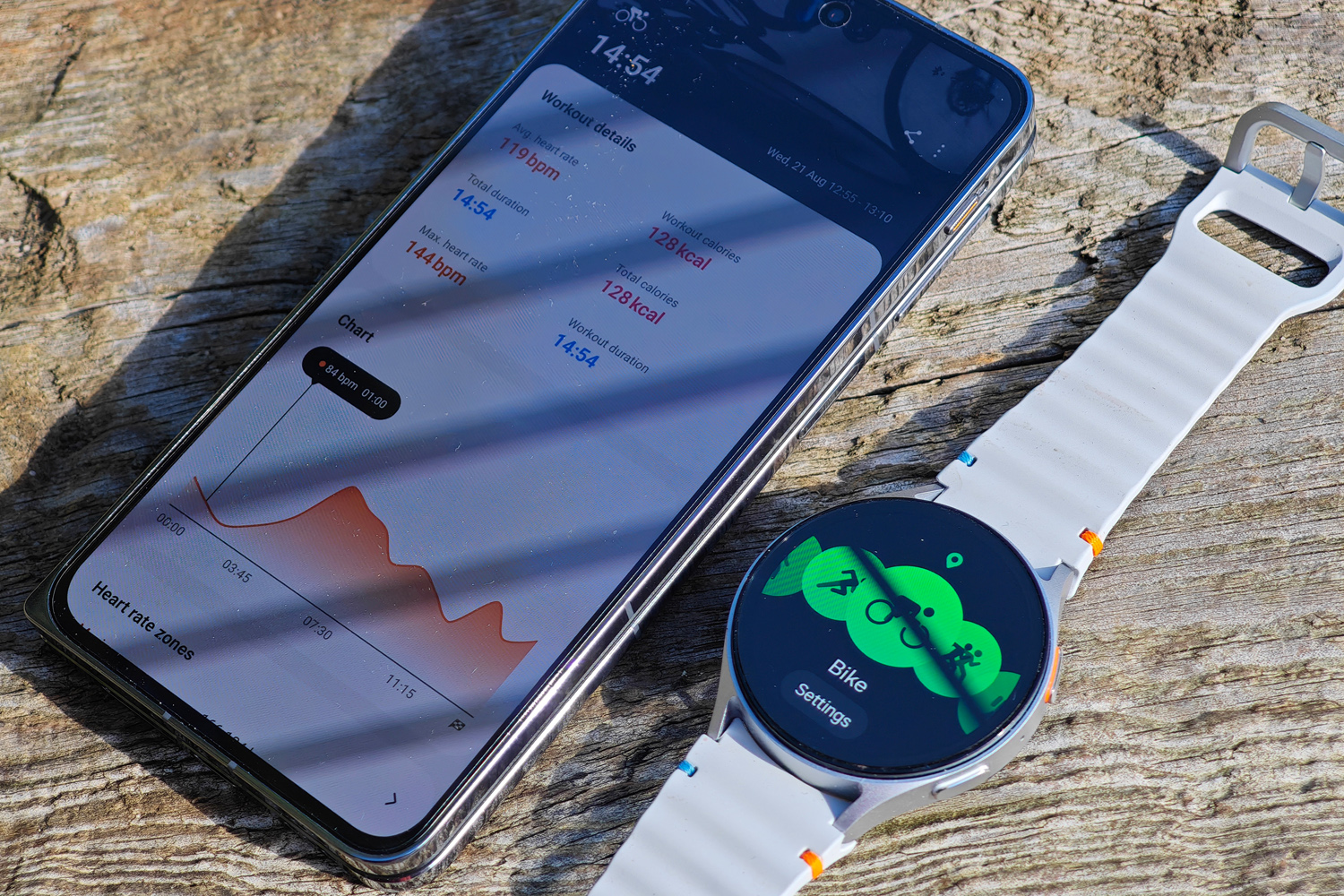
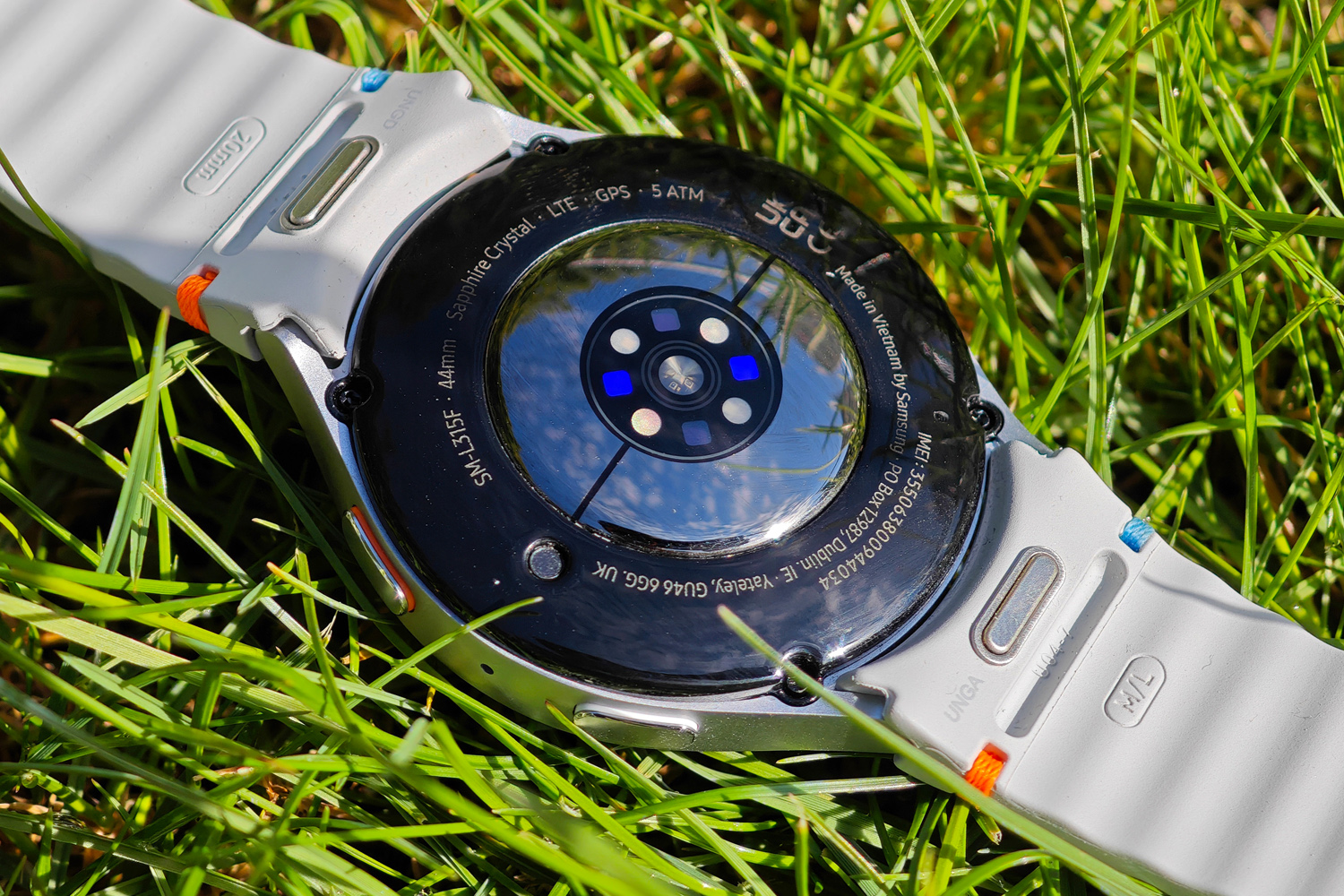
The Galaxy Watch6 was already one of the most comprehensive WearOS watches for health and fitness tracking, with ECG and blood pressure tracking (once calibrated using an external monitor) as well as the usual heart rate, blood oxygen, step and sleep tracking. Samsung has doubled down on that this year with an uprated bio sensor. More LEDs deliver more accurate readings, putting this smartwatch on par with many high-end GPS and sports watches.
Energy score is a useful new way to judge how much effort you put into the previous day’s workout, and whether you should step up your game or take things easier today. It takes your sleeping pattern into account too, but it doesn’t feel as useful as Garmin’s Body Battery score for serious athletes.
The other big upgrade is dual frequency GPS; previous Galaxy Watches used a single-band system that couldn’t match dedicated running watches for location accuracy. In theory it should be faster to get a location lock, too, though I didn’t notice any major difference between this and the Watch6 Classic I was using previously.
IP68 water resistance means rain, showers and sweat aren’t an issue, while a 5ATM water resistance rating means you can also take it swimming. It’s not rated for ocean swimming, though – you’ll need to step up to the Galaxy Watch Ultra for that.
Otherwise it has the same extensive selection of tracked sports and activities, with plenty of fine-grain performance metrics available through the Galaxy Wearable companion app on your phone. Being able to set a target heart rate threshold during workouts is a welcome addition, but I’m less sold on the AI-powered wellness focus. It’s basically off limits unless you pair the Watch7 to a Samsung phone, and summarises rather than tells you how to improve.
Performance & battery life: chips in
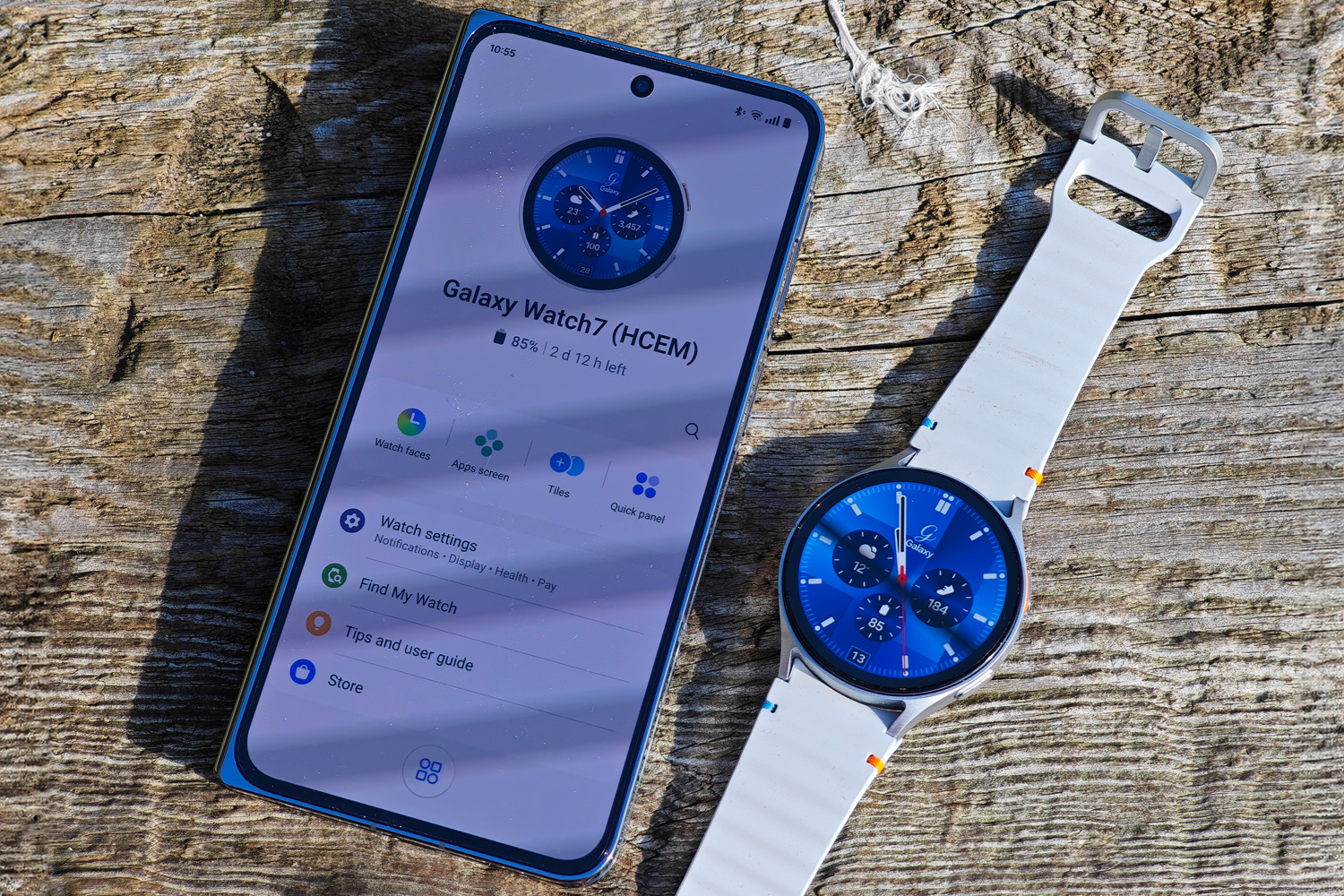
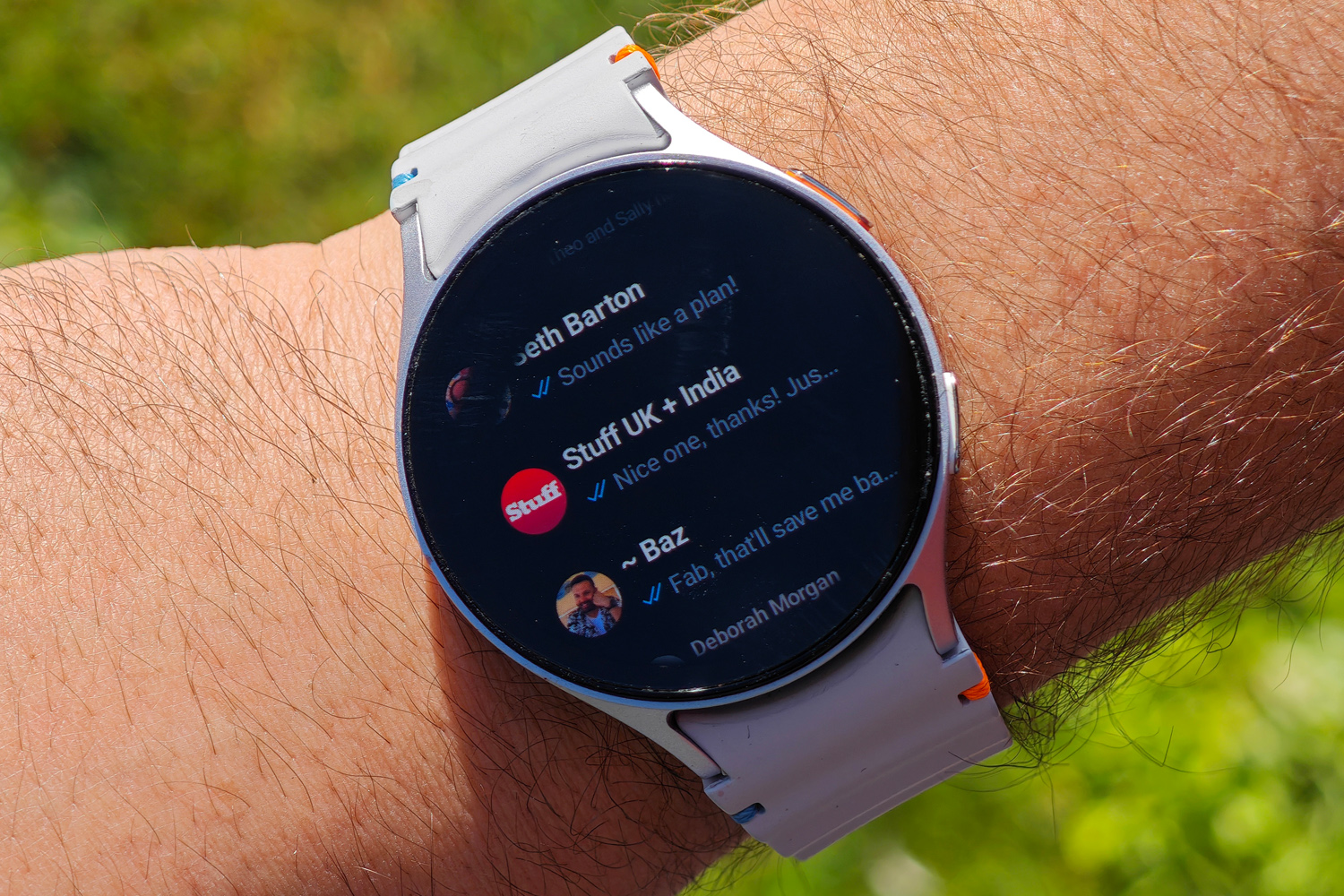
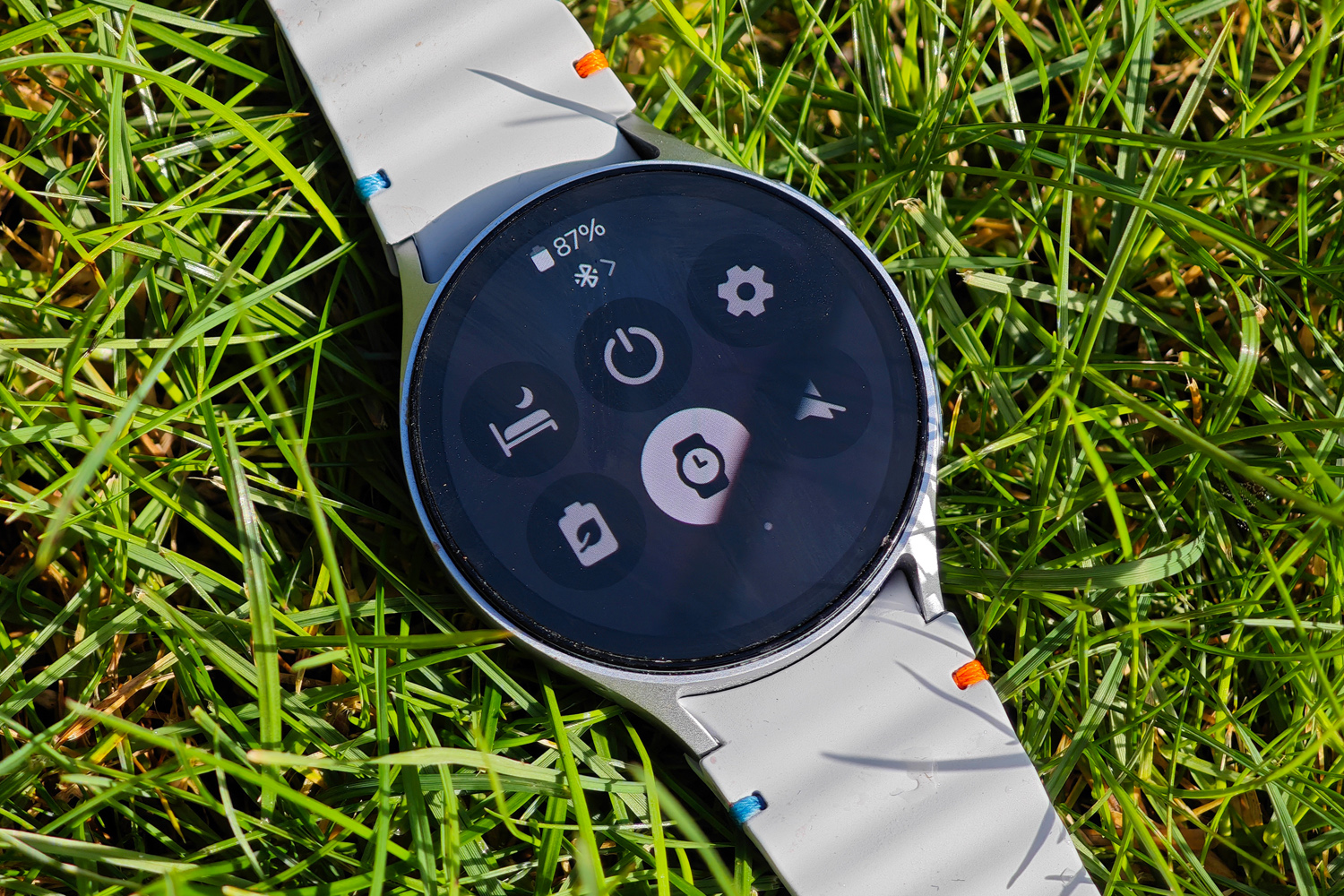
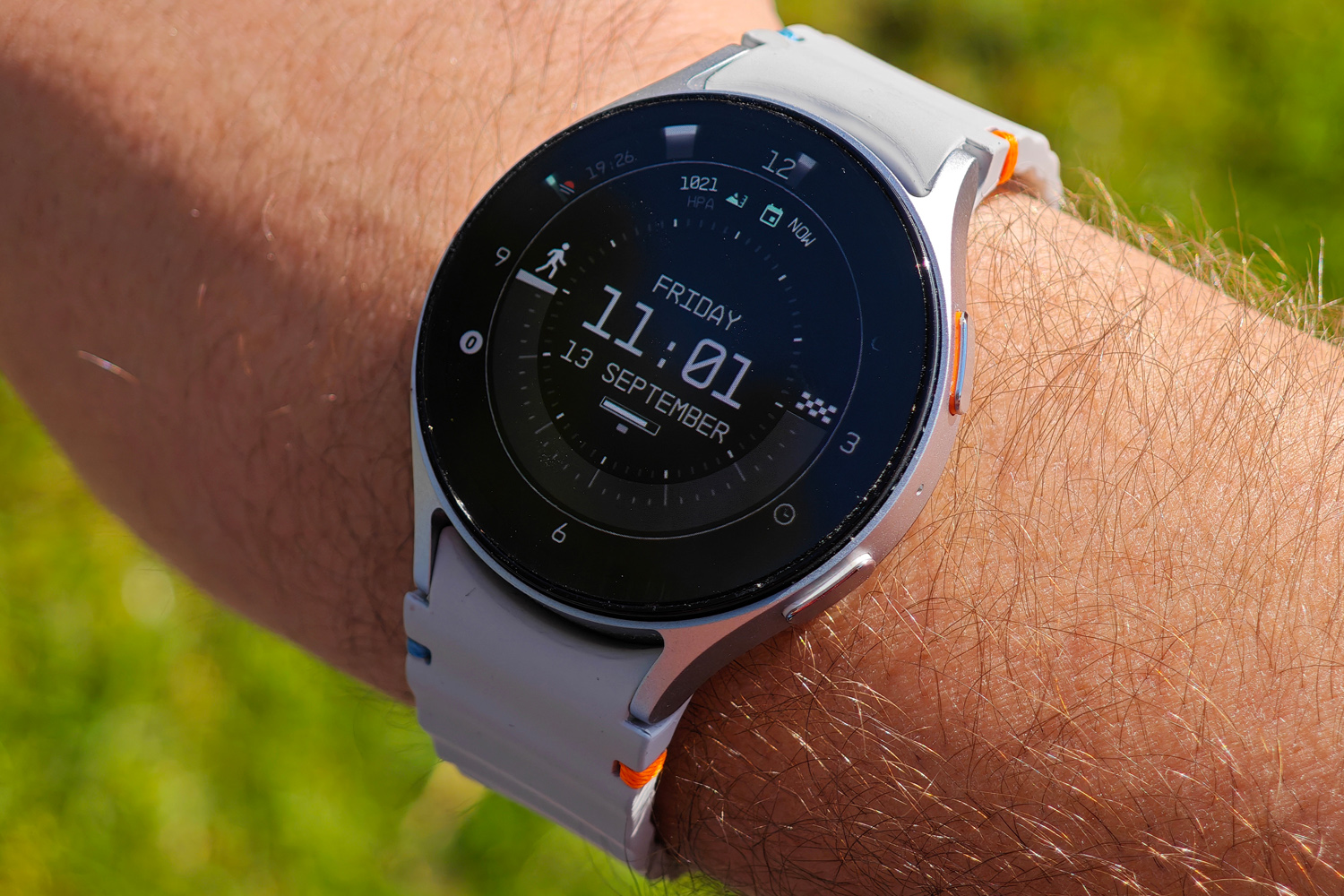
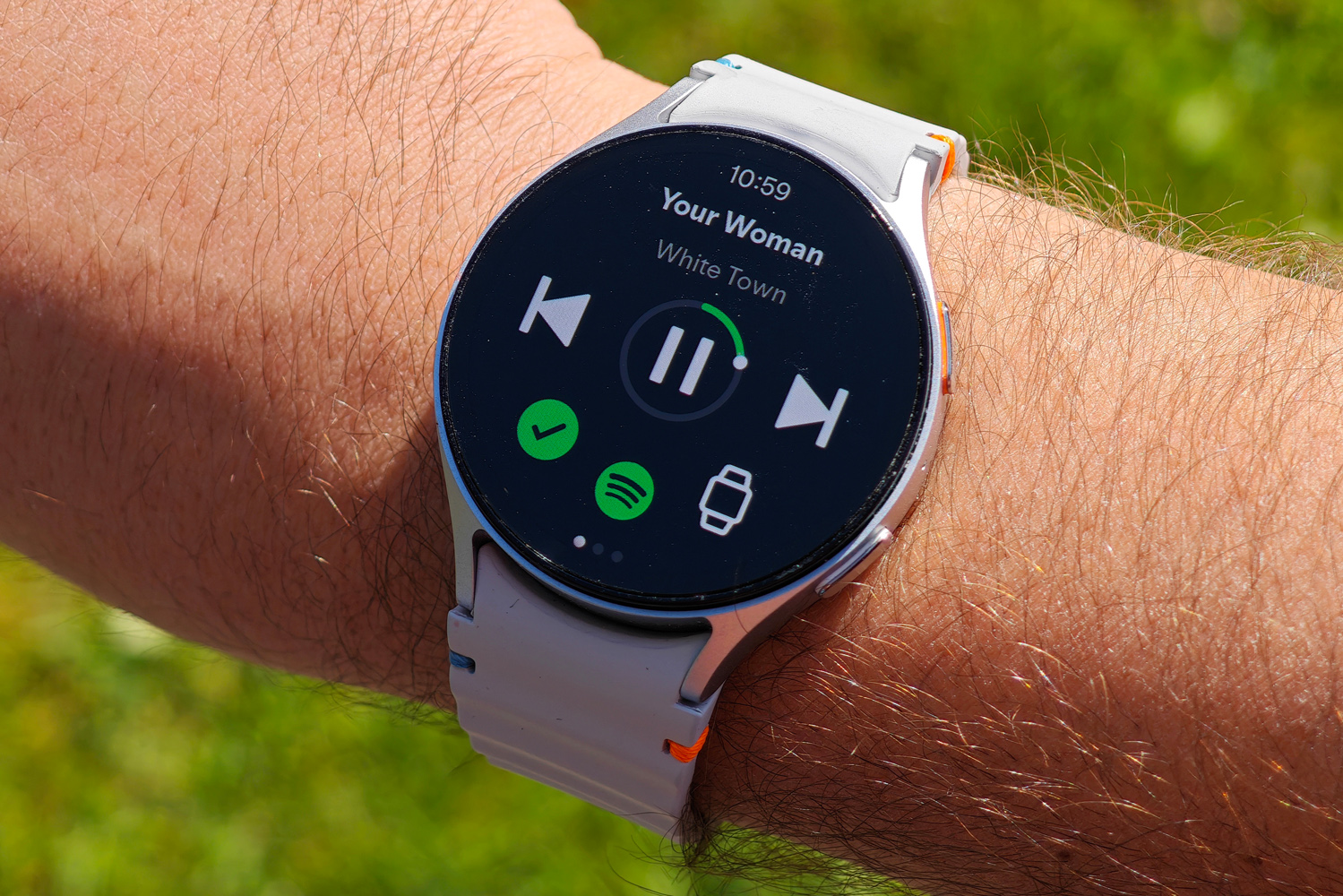
There’s an Exynos W1000 chipset powering the Galaxy Watch7; Samsung’s newest wearable silicon has five CPU cores and is built on a 3nm process, which makes it both more powerful and more efficient than the one used for the last smartwatch generation. The firm claims up to 3x faster performance, which sounds impressive given the Galaxy Watch6 was no slouch.
In daily use it certainly felt very responsive, swiping through homescreen widgets with zero slowdown and opening apps in an instant. Spotify used to be a real chore on older hardware, but things were much improved last year, and have taken another step up here. Demanding apps from the Play Store, such as those with lots of mapping data, didn’t struggle either. This is easily as quick, if not faster, than any Snapdragon Wear-powered smartwatch.
It’s great to see double the amount of on-board storage compared to the outgoing Galaxy Watch6. You get 32GB here, which will make all the difference if you download lots of apps and watch faces, or keep lots of music playlists stored on your watch for streaming to your headphones during exercise without needing to keep your phone nearby.
What hasn’t changed is battery capacity. The 40mm version still has a 300mAh cell, while the 44mm gets a 425mAh unit. That made a small difference to lifespan last year, but both watches were able to get through a day and a half of wear with the always-on display enabled. It’s basically a similar story for 2024. Despite the more efficient CPU, this is still a watch you’ll need to charge up every two days at the very best.
My typical routine, which used the always-on display and included 30 minutes of GPS-tracked workouts, would see the battery drained before the magic 24 hour mark. That was enough to last a night of sleep tracking and fast charge during my morning shower, but there are definitely other smartwatches that can go for longer between top-ups.
Samsung Galaxy Watch7 verdict
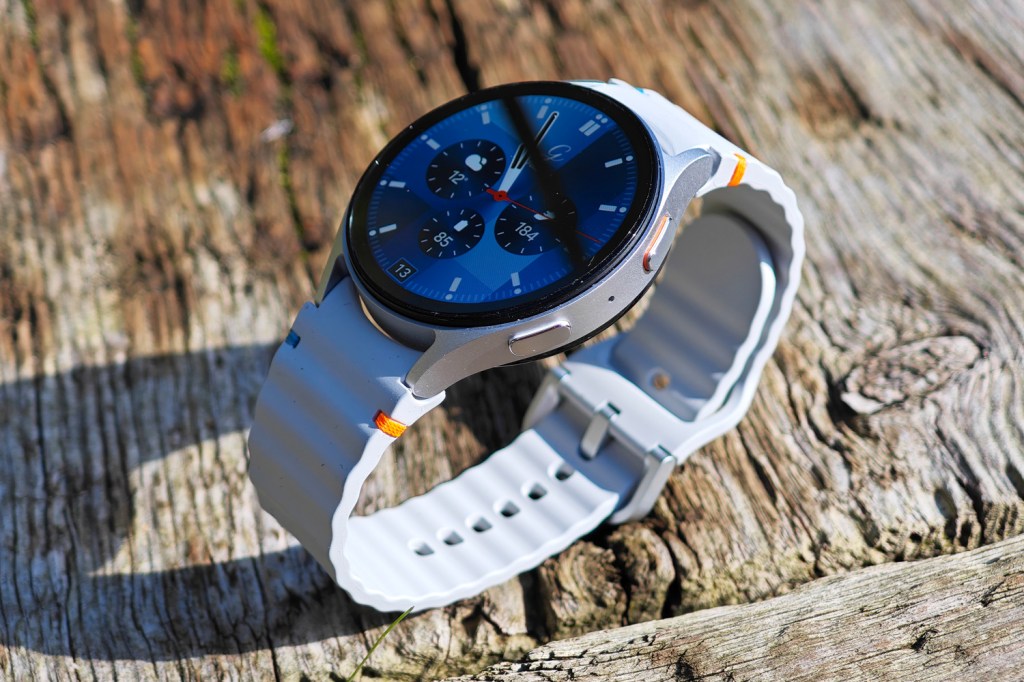
The Samsung Galaxy Watch7 Ultra might steal all the attention, but this year’s mainstream models are quietly cementing their status as the best all-rounder WearOS watches money can buy. The Galaxy Watch7 doesn’t shake up Samsung’s established formula, but improves on it in meaningful ways, like a more efficient chipset and extra on-board storage for apps and music.
Improved health and fitness tracking, swimmer-friendly water resistance and more accurate GPS might persuade sports watch owners to make the switch, and having the latest version of WearOS ensures it keeps rivals at bay too. I still think the 44mm model is the one to go for, thanks to its larger battery, and if longevity is your main concern rivals like the OnePlus Watch 2 remain a better option.
But as long as you don’t mind topping up every other day – or more if you insist on using the always-on screen – I’m struggling to see why an Android phone owner would buy anything else.
Stuff Says…
The Samsung Galaxy Watch7 extends the firm’s WearOS smartwatch supremacy. A new CPU and slightly tweaked strap aren’t thrilling upgrades, but more than enough to keep it class leader
Pros
Faster, more efficient CPU and double the onboard storage
Dual frequency GPS competes with sports watches
As up to date as WearOS watches get
Cons
Bad stuff 1
Bad stuff 2
Samsung Galaxy Watch7 technical specifications
| Screen | 1.3in 432×432 AMOLED (40mm) 1.5in 480×480 AMOLED (44mm) |
| CPU | Samsung Exynos W1000 |
| Memory | 2GB RAM |
| Storage | 32GB on-board |
| Operating system | WearOS 5 |
| Battery | 425mAh (44mm) 300mAh (40mm) |
| Dimensions | 41x41x9.7mm, 28.8g (40mm) 45x45x9.7mm, 33.8g (44mm) |

